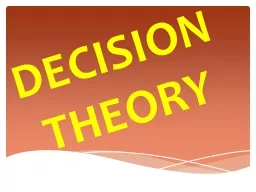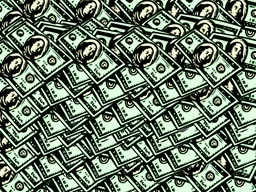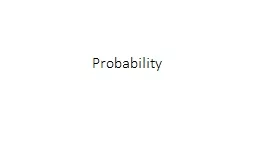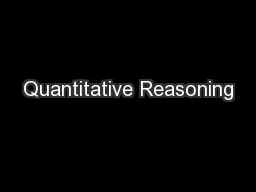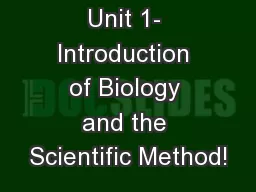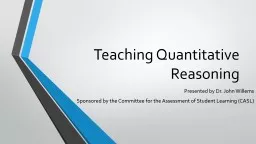PPT-DECISION THEORY It’s deals with a very scientific and quantitative way of coming to
Author : conterc | Published Date : 2020-08-03
It has 4 phases 1Action or acts 2State of nature or events or outcome 3Pay off and pay off table or pay off matrix Decision A decision problem may be represented
Presentation Embed Code
Download Presentation
Download Presentation The PPT/PDF document "DECISION THEORY It’s deals with a very..." is the property of its rightful owner. Permission is granted to download and print the materials on this website for personal, non-commercial use only, and to display it on your personal computer provided you do not modify the materials and that you retain all copyright notices contained in the materials. By downloading content from our website, you accept the terms of this agreement.
DECISION THEORY It’s deals with a very scientific and quantitative way of coming to: Transcript
Download Rules Of Document
"DECISION THEORY It’s deals with a very scientific and quantitative way of coming to"The content belongs to its owner. You may download and print it for personal use, without modification, and keep all copyright notices. By downloading, you agree to these terms.
Related Documents

